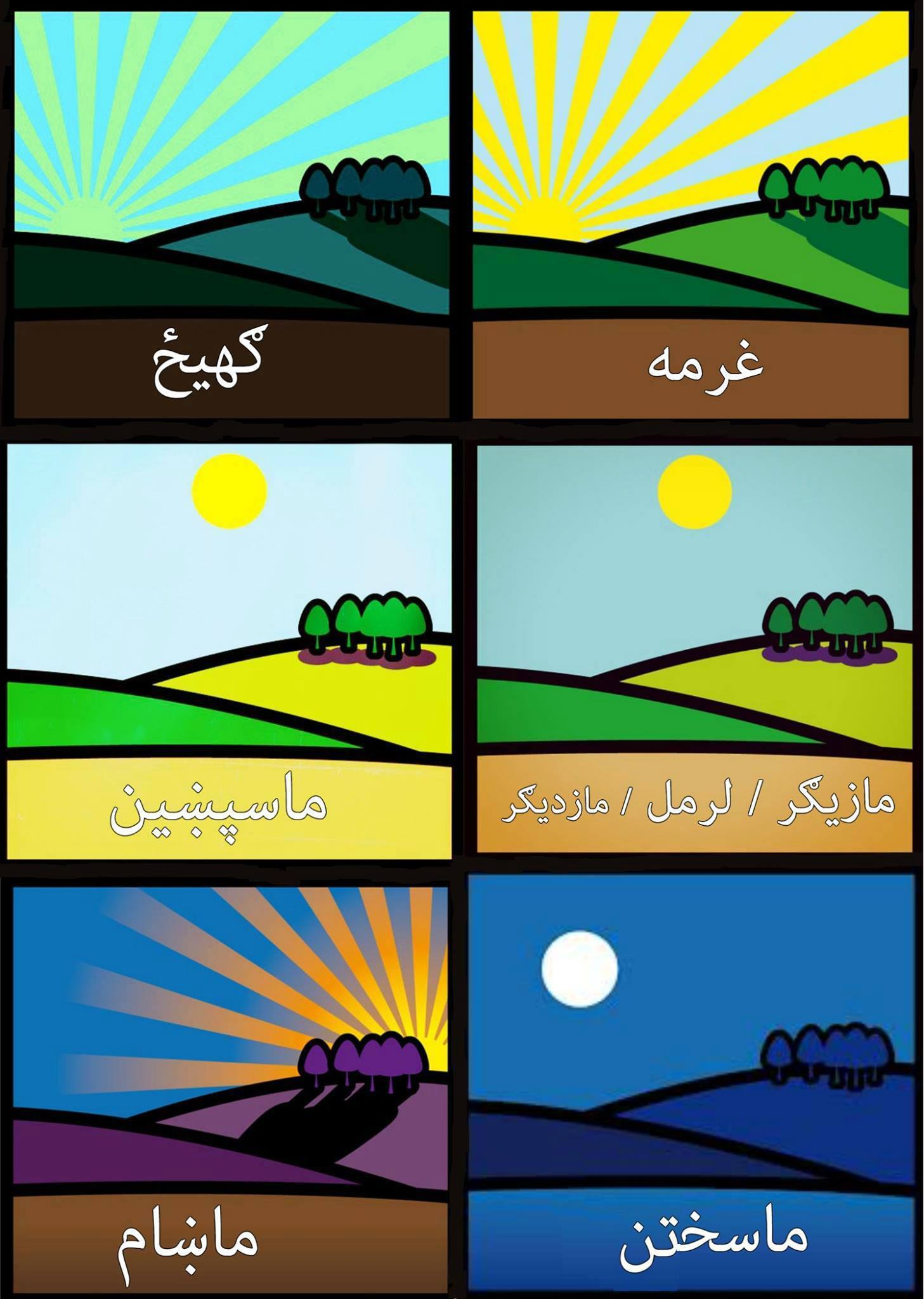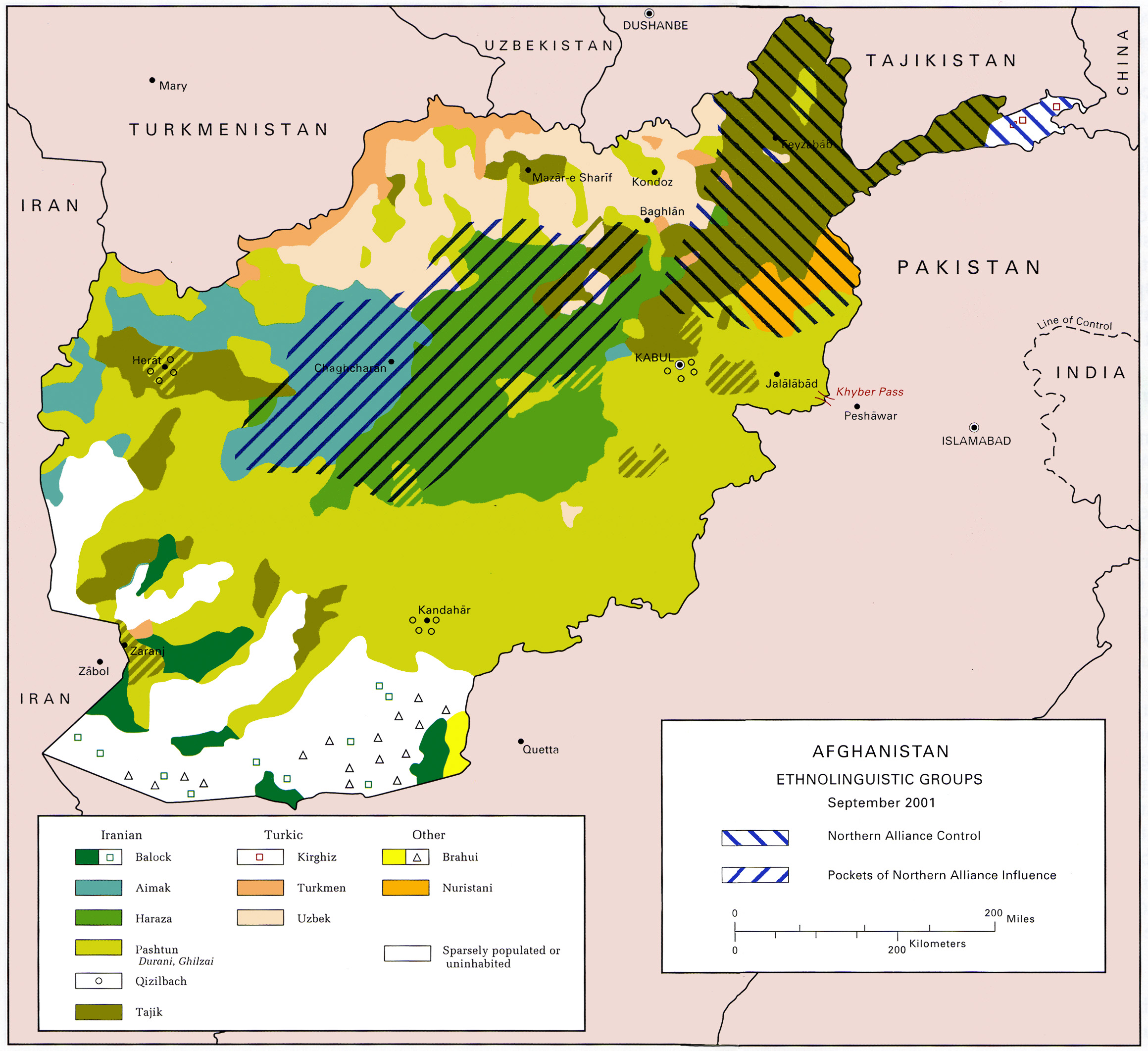|
Zemiaki
Zemiaki is a Nuristani language spoken by some 400–500 people in the Kunar Province of Afghanistan. It is named after the settlement in which it is spoken, from the Pashto "language of Zemyaki", the native equivalent being ''J̌amlām-am bašā''. It is closely related to Nuristani Kalasha, and ancestors of the Zemyakis were, according to local tradition, Kalasha people who migrated into the area several centuries ago. The language spoken in the surrounding areas is Pashto, and it has been a source of a large number of lexical borrowings, including several common conjunctions. There is no grammatical gender, but number and person are marked on the verb, following a split-ergative pattern of agreement. It was thought that Zemiaki is a dialect of Grangali, an Indo-Aryan language The Indo-Aryan languages, or sometimes Indic languages, are a branch of the Indo-Iranian languages in the Indo-European language family. As of 2024, there are more than 1.5 billion speakers, pr ... [...More Info...] [...Related Items...] OR: [Wikipedia] [Google] [Baidu] |
Nuristani Language
The Nuristani languages are one of the three groups within the Indo-Iranian language family, alongside the Indo-Aryan and Iranian languages. They have approximately 214,000 speakers primarily in Nuristan and Kunar provinces in northeastern Afghanistan and a few adjacent valleys in Khyber Pakhtunkhwa's Chitral District, Pakistan. The region inhabited by the Nuristanis is located in the southern Hindu Kush mountains, and is drained by the Alingar River in the west, the Pech River in the center, and the Landai Sin and Kunar rivers in the east. More broadly, the Nuristan region is located at the northern intersection of the Indian subcontinent and the Iranian plateau. The Nuristani languages were not described in literature until the 19th century. The older name for the region was Kafiristan due to the pre-Islamic religious practices of its residents, but this term has been abandoned in favor of Nuristan ("land of light") after the region's people were converted to Islam. La ... [...More Info...] [...Related Items...] OR: [Wikipedia] [Google] [Baidu] |
Nuristani Languages
The Nuristani languages are one of the three groups within the Indo-Iranian languages, Indo-Iranian language family, alongside the Indo-Aryan languages, Indo-Aryan and Iranian languages, Iranian languages. They have approximately 214,000 speakers primarily in Nuristan and Kunar Province, Kunar provinces in northeastern Afghanistan and a few adjacent valleys in Khyber Pakhtunkhwa's Chitral District, Pakistan. The region inhabited by the Nuristanis is located in the southern Hindu Kush mountains, and is drained by the Alingar River in the west, the Pech River in the center, and the Landai Sin River, Landai Sin and Kunar River, Kunar rivers in the east. More broadly, the Nuristan region is located at the northern intersection of the Indian subcontinent and the Iranian plateau. The Nuristani languages were not described in literature until the 19th century. The older name for the region was Kafiristan due to the pre-Islamic religious practices of its residents, but this term has been ... [...More Info...] [...Related Items...] OR: [Wikipedia] [Google] [Baidu] |
Nangalami Language
Nangalami, or Grangali, is an Indo-Aryan language spoken in Afghanistan Afghanistan, officially the Islamic Emirate of Afghanistan, is a landlocked country located at the crossroads of Central Asia and South Asia. It is bordered by Pakistan to the Durand Line, east and south, Iran to the Afghanistan–Iran borde .... Zemiaki was formerly considered a Nangalami dialect, but has been reassessed and placed in the Nuristani language group being close to Waigali. Moreover, the pronouns are fundamentally different. References Dardic languages Languages of Afghanistan {{IndoAryan-lang-stub ... [...More Info...] [...Related Items...] OR: [Wikipedia] [Google] [Baidu] |
Kalasha-ala
Nuristani Kalasha ('), also known as ''Waigali'', is a Nuristani language spoken by about 10,000 people in the Nuristan Province of Afghanistan. The native name is ''Kalaṣa-alâ'' 'Kalasha-language'. "Waigali" refers to the dialect of the Väi people of the upper part of the Waigal Valley, centered on the town of Waigal, which is distinct from the dialect of the Čima-Nišei people who inhabit the lower valley. The word 'Kalasha' is the native ethnonym for all the speakers of the southern Nuristani languages. Nuristani Kalasha belongs to the Indo-European language family, and is in the southern Nuristani group of the Indo-Iranian branch. It is closely related to Zemiaki and to Tregami, the lexical similarity with the latter being approximately 76% to 80%. It shares its name with the Indo-Aryan Kalasha language (''Kalaṣa-mun''), spoken in Pakistan's southern Chitral District, but the two languages belong to different branches of Indo-Iranian. Speakers of Nuristani ... [...More Info...] [...Related Items...] OR: [Wikipedia] [Google] [Baidu] |
Proto-Indo-European Language
Proto-Indo-European (PIE) is the reconstructed common ancestor of the Indo-European language family. No direct record of Proto-Indo-European exists; its proposed features have been derived by linguistic reconstruction from documented Indo-European languages. Far more work has gone into reconstructing PIE than any other proto-language, and it is the best understood of all proto-languages of its age. The majority of linguistic work during the 19th century was devoted to the reconstruction of PIE and its daughter languages, and many of the modern techniques of linguistic reconstruction (such as the comparative method) were developed as a result. PIE is hypothesized to have been spoken as a single language from approximately 4500 BCE to 2500 BCE during the Late Neolithic to Early Bronze Age, though estimates vary by more than a thousand years. According to the prevailing Kurgan hypothesis, the original homeland of the Proto-Indo-Europeans may have been in the Pon ... [...More Info...] [...Related Items...] OR: [Wikipedia] [Google] [Baidu] |
Proto-Indo-Iranian Language
Proto-Indo-Iranian, also called Proto-Indo-Iranic or Proto-Aryan, is the reconstructed proto-language of the Indo-Iranian branch of Indo-European. Its speakers, the hypothetical Proto-Indo-Iranians, are assumed to have lived in the late 3rd millennium BC, and are often connected with the Sintashta culture of the Eurasian Steppe and the early Andronovo archaeological horizon. Proto-Indo-Iranian was a satem language, likely removed less than a millennium from its ancestor, the late Proto-Indo-European language, and in turn removed less than a millennium from its descendants: Vedic Sanskrit (of the Rigveda) and Old Avestan (of the Gathas). It is the ancestor of Indo-Aryan languages, the Iranian languages, and the Nuristani languages, predominantly spoken in the Southern Asian subregion of Eurasia. Descriptive phonology In addition to the vowels, , and could function as the syllabic core. In many reconstructions, instances of and occur instead of and . Two palata ... [...More Info...] [...Related Items...] OR: [Wikipedia] [Google] [Baidu] |
Proto-Nuristani Language
Proto-Nuristani is the reconstructed proto-language of the Nuristani languages. Proto-Nuristani is descended from Proto-Indo-Iranian, which in turn is descended from Proto-Indo-European. History Proto-Nuristani is the latest common form of all modern-day Nuristani languages. Since diverging from the other Indo-Iranian languages, the Nuristani-speaking peoples have maintained social interactions with other Indo-Iranian peoples, influencing each other's linguistic and cultural landscapes. There have been some phonological developments that were shared with Indo-Aryan and Iranian languages at different stages of development, as well as sound changes specific to the Nuristani languages. Due to the lack of direct attestation of Nuristani languages until the 19th century, it is difficult to deduce much detail about Proto-Nuristani, without resorting to extensive internal comparisons between the modern-day Nuristani languages, and external comparisons with earlier forms of atteste ... [...More Info...] [...Related Items...] OR: [Wikipedia] [Google] [Baidu] |
Kunar Province
Kunar (Pashto: ; Dari: ) is one of the 34 provinces of Afghanistan, located in the northeastern part of the country. Its capital is Asadabad. Its population is estimated to be 508,224. Kunar's major political groups include Wahhabis or Ahl-e- Hadith, ''Nazhat-e Hambastagi Milli, Hezb-e Afghanistan Naween, Hezb-e Islami Gulbuddin''. It is one of the four " N2KL" provinces (Nangarhar Province, Nuristan Province, Kunar Province and Laghman Province). N2KL was the designation used by the US and Coalition Forces in Afghanistan for the rugged region along the Afghanistan–Pakistan border opposite Pakistan's Federally Administered Tribal Areas (merged in 2018 with Khyber Pakhtunkhwa). Kunar is the center of the N2KL region. Kunar, along with Nuristan, was part of the borderlands known as Kafiristan, and until a few decades ago, it was never considered a true part of Afghanistan. Kunar is a sparsely populated, mountainous, forested border area. Geography Kunar province is loca ... [...More Info...] [...Related Items...] OR: [Wikipedia] [Google] [Baidu] |
Pashto
Pashto ( , ; , ) is an eastern Iranian language in the Indo-European language family, natively spoken in northwestern Pakistan and southern and eastern Afghanistan. It has official status in Afghanistan and the Pakistani province of Khyber Pakhtunkhwa. It is known in historical Persian literature as Afghani (). Spoken as a native language mostly by ethnic Pashtuns, it is one of the two official languages of Afghanistan alongside Dari, Constitution of Afghanistan �''Chapter 1 The State, Article 16 (Languages) and Article 20 (Anthem)''/ref> and it is the second-largest provincial language of Pakistan, spoken mainly in Khyber Pakhtunkhwa and the northern districts of Balochistan. Likewise, it is the primary language of the Pashtun diaspora around the world. The total number of Pashto-speakers is at least 40 million, (40 million) although some estimates place it as high as 60 million. Pashto is "one of the primary markers of ethnic identity" amongst Pashtuns. Geograph ... [...More Info...] [...Related Items...] OR: [Wikipedia] [Google] [Baidu] |
Nuristan Province
Nuristan, also spelled as Nurestan or Nooristan (Pashto: ; Katë: ), is one of the 34 provinces of Afghanistan, located in the eastern part of the country. It is divided into seven districts and is Afghanistan's least populous province, with a population of around 167,000. Parun serves as the provincial capital. Nuristan is bordered on the south by Laghman and Kunar provinces, on the north by Badakhshan province, on the west by Panjshir province, and on the east by Pakistan. The origin of the local Nuristani people has been disputed, ranging from being the indigenous inhabitants forced to flee to this region after refusing to surrender to invaders, to being linked to various ancient groups of people and the Turk Shahi kings. Some Nuristanis claim being descendants of the Greek occupying forces of Alexander the Great. It was formerly called Kafiristan () ("Land of the Infidels") until the inhabitants were forcibly converted from an animist religion with elements from In ... [...More Info...] [...Related Items...] OR: [Wikipedia] [Google] [Baidu] |
Lexical Borrowing
A loanword (also a loan word, loan-word) is a word at least partly assimilated from one language (the donor language) into another language (the recipient or target language), through the process of borrowing (linguistics), borrowing. Borrowing is a metaphorical term that is well established in the linguistic field despite its acknowledged descriptive flaws: nothing is taken away from the donor language and there is no expectation of returning anything (i.e., the loanword). Loanwords may be contrasted with calques, in which a word is borrowed into the recipient language by being directly translated from the donor language rather than being adopted in (an approximation of) its original form. They must also be distinguished from cognates, which are words in two or more language family, related languages that are similar because they share an etymological origin in the ancestral language, rather than because one borrowed the word from the other. Examples and related terms A loanw ... [...More Info...] [...Related Items...] OR: [Wikipedia] [Google] [Baidu] |




